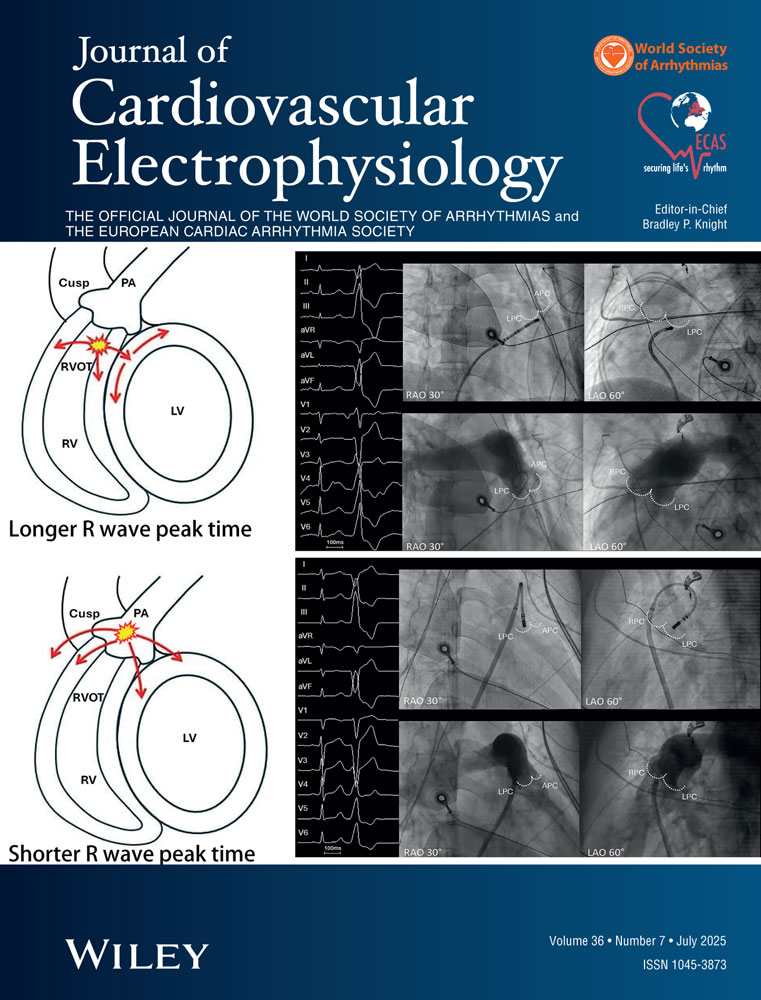Polymorphisms in Beta-Adrenergic Receptor Genes in the Acquired Long QT Syndrome
This work was supported by Grants HL46681, GM31304, and HL65962 from the United States Public Health Service. Dr. Roden is the holder of the William Stokes Chair in Experimental Therapeutics, a gift of the Dai-ichi Corporation.
Abstract
Adrenergic Receptor Polymorphism and Arrhythmia. Introduction: Sympathetic activation is a trigger for life-threatening arrhythmias in many patients with the congenital long QT syndrome (LQTS), and an increase in heart rate has been reported just prior to torsades de pointes in patients with drug-associated (acquired) LQTS (aLQTS). We compared the frequencies of five recognized nonsynonymous coding region polymorphisms in genes encoding the β1-adrenergic and β2-adrenergic receptors (AR) in 93 patients with aLQTS and 3 control groups: an ethically diverse set of individuals from middle Tennessee (n = 71), a subset of the Polymorphism Discovery Resource obtained from National Human Genome Research Institute (n = 89), and patients who tolerated QT-prolonging drugs without aLQTS (non-aLQTS group; n = 66).
Methods and Results: Polymerase chain reaction-restriction fragment length polymorphism was used to screen for Ser49Gly and Gly389Arg (β1-AR) and Thr164Ile (β2-AR). For Arg16Gly and Gln27Glu, polymorphic sites 33 nucleotides apart in the β2-AR, single-stranded conformational polymorphism was used to distinguish among the 4 possible haplotypes and 10 possible genotypes. Allele frequencies were similar among the 4 groups at the 2β1-AR sites. The uncommon Ile164 variant in β2-AR was slightly more frequent in patients (3.2%) than in any of the 3 control groups (0.6% to 2.3%). At the 16–27 neighboring sites in the β2-AR, one haplotype (Arg16/Glu27) was not detected, as in previous studies; hence, only 6 genotypes were present. There were fewer Gly16/Gln27 homozygotes in the non-aLQTS group (1.5%) than in two other control groups or the aLQTS group (8.5% to 10%).
Conclusion: None of the five common nonsynonymous coding region polymorphisms in the β-AR genes predict drug-associated torsades de pointes, although the Gly16/Gln27 haplotype may be a risk factor.




